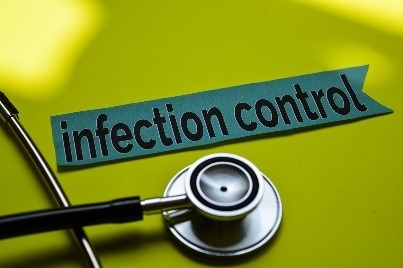Can you test positive for TB but not have it?
Persons with latent TB infection (LTBI) do not feel sick and do not have any symptoms, but usually have a positive reaction to the tuberculin skin test or TB blood test. They are infected with TB bacteria, but do not have TB disease. Persons with LTBI are not infectious and cannot spread TB infection to others.

